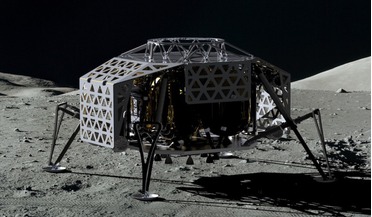 30 November 2016
German company announce their 'Mission to the Moon' plans
30 November 2016
German company announce their 'Mission to the Moon' plans
... dreams. You never know what is possible until you try”. To see the film, click here: http://bit.ly/mttm-video
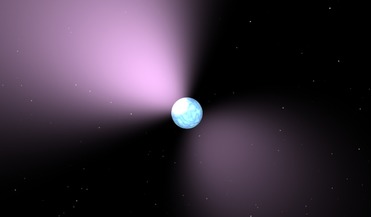 09 January 2017
X-rays from a 'missing link' neutron star could shed light on magnetar mystery
09 January 2017
X-rays from a 'missing link' neutron star could shed light on magnetar mystery
... radio wavelengths, in a pattern consistent with other magnetars. "Our recent observations show that this object contains a bit of the 'astrophysical DNA' of two different families of neutron stars," said Tom Prince, an astrophysicist at JPL/Caltech...
 28 February 2017
The future is here: Elon Musk announces commercial flights to the Moon
28 February 2017
The future is here: Elon Musk announces commercial flights to the Moon
..., but this would be approximately a week long mission – and it would skim the surface of the moon, go quite a bit farther out into deep space, and then loop back to Earth. I’m guessing probably distance wise, maybe...
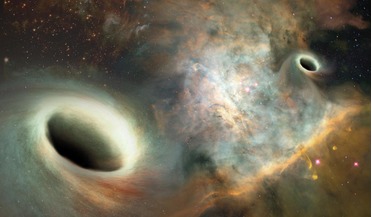 28 June 2017
The existence of orbiting supermassive black holes finally confirmed
28 June 2017
The existence of orbiting supermassive black holes finally confirmed
...resolution and precision in the astrometry to actually see the orbit happening," said UNM Professor Greg Taylor. "It's a bit of a triumph in technology to have been able to do this." The Very Long Baseline Array (VLBA) is a system made up of 10 radio...
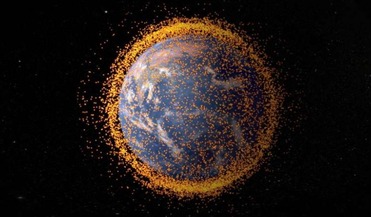 19 January 2018
Chinese study proposes using lasers to clear out space debris
19 January 2018
Chinese study proposes using lasers to clear out space debris
... record with space debris. In 2007, a Chinese anti-satellite missile test resulted in the creation of over 3000 bits of space debris, which eventually caused severe damage to a Russian satellite. Most of this debris cloud will be in orbit...
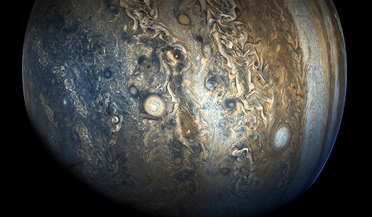 09 March 2018
Juno gives insight into Jupiter's epic winds
09 March 2018
Juno gives insight into Jupiter's epic winds
... field, scientists have been able to establish that the winds reach a depth of around 3,000 kilometres; quite a bit more than previous estimates had calculated. "Since Jupiter is basically a giant ball of gas, the initial expectation...